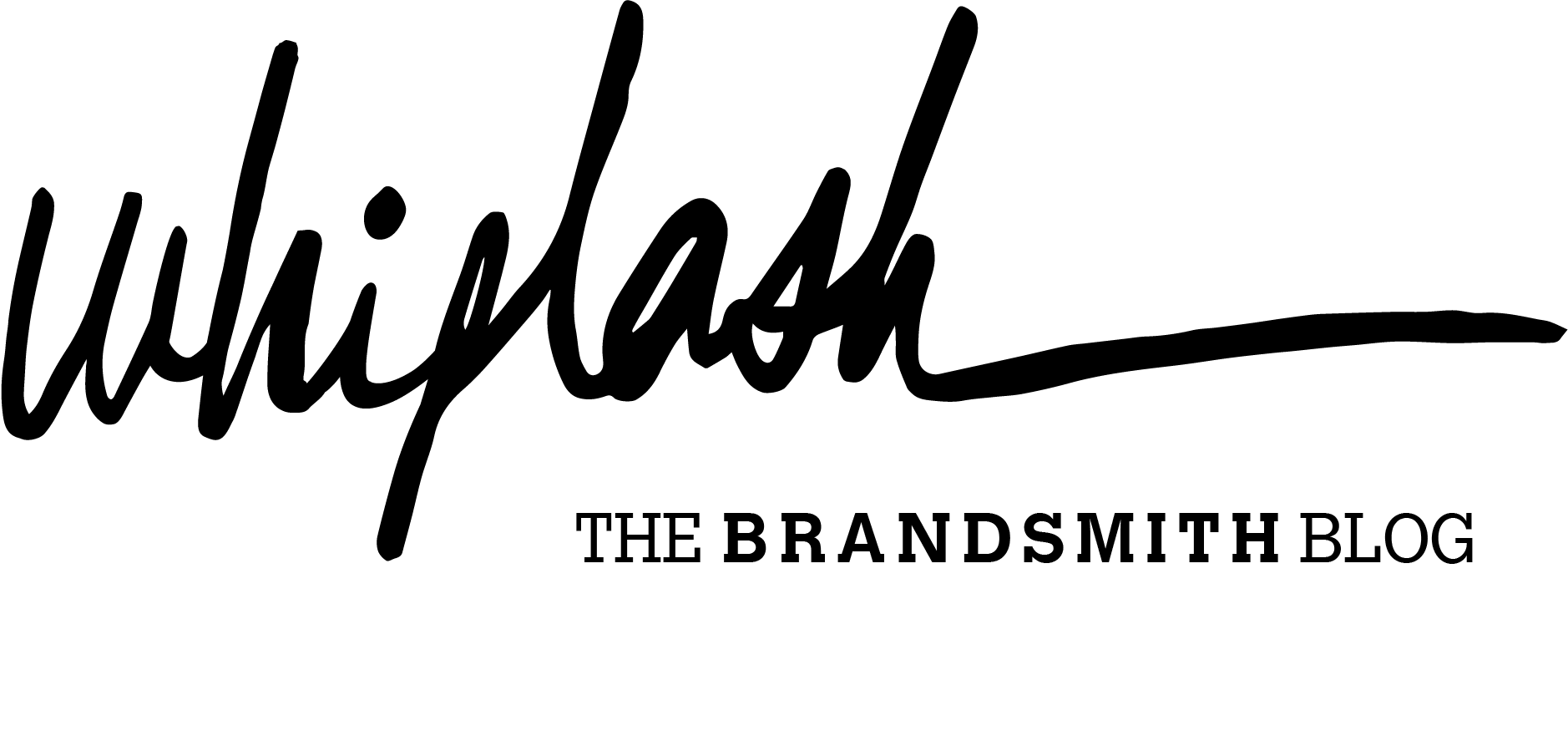
04 Dec Best reads November 2020
Whiplash Team, 4th December 2020
Best reads November 2020
Here’s a brief selection of readings for brand enthusiasts like you to enjoy during the long weekend ahead!
Marc Cloosterman, consultant in strategic brand management, explores in a trilogy of articles entitled “Brands in the Boardroom” how the brand is perceived by the boards of directors of companies. The first article, “The business side of the brand”, examines the reasons why the brand is generally not taken into account as an asset and provides some advice on how to approach the brand from a logical point of view and not as creativity; the second, “Financial engineering for brands” immerses itself in the financial valuation of brands; and the last, “The future of brand management“, offers a vision of the disruptive trends of today and their impact on brands. (EN)
Fewer but more relevant brands
PuroMarketing analyses the effect that the crisis caused by the pandemic will have on large companies and foresees that these “will cleanse their portfolios and not all brands, no matter how old they are, will continue for another year.” (SP)
Re-imagining the brand to stay in the spotlight
2020 has been a difficult year for everyone and it has served to remind companies and brands that being a constant source of value is a never-ending job. This article offers 10 ways to rethink how to stay relevant to users and consumers. (EN)
The pandemic has forced brands to rethink how they present their products. Many choose to do it on-line instead of organizing face-to-face events. The luxury market is no exception, and the fashion brand Balenciaga has released the official trailer for its on-line video game Afterworld: The Age of Tomorrow, which will be launched on December 6th to promote its new Fall / Winter 2021 collection. The trailer is already available for those who want a peek. (SP)
The consultancy firm McKinsey looks at the evolution of remote work after the pandemic. According to the study, which includes nine countries and 800 types of jobs, more than 20% of the workforce could work remotely three to five days a week and be more effective than if they did it from an office, and the consequent impact on urban economies, transport, and consumption. (EN)

























